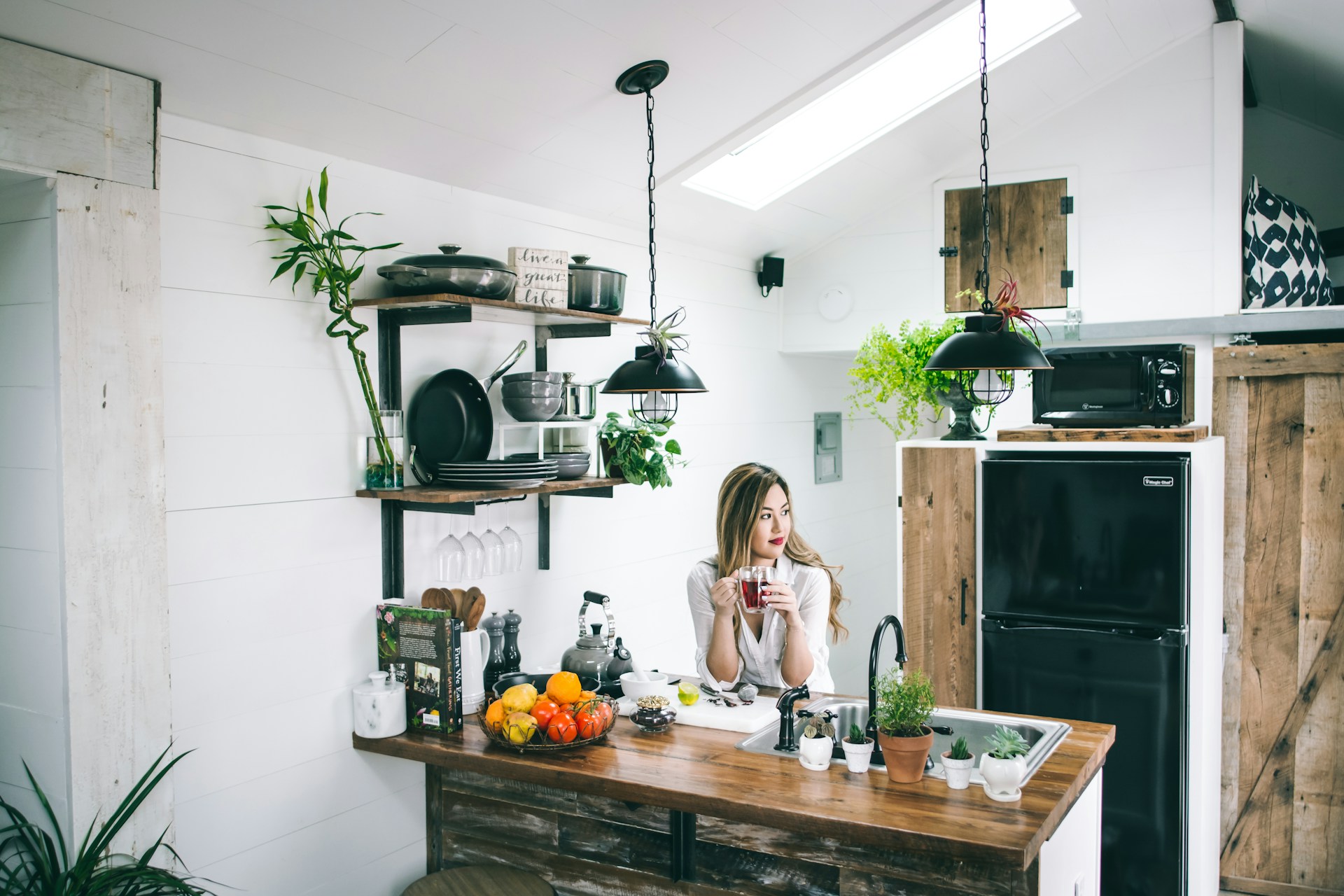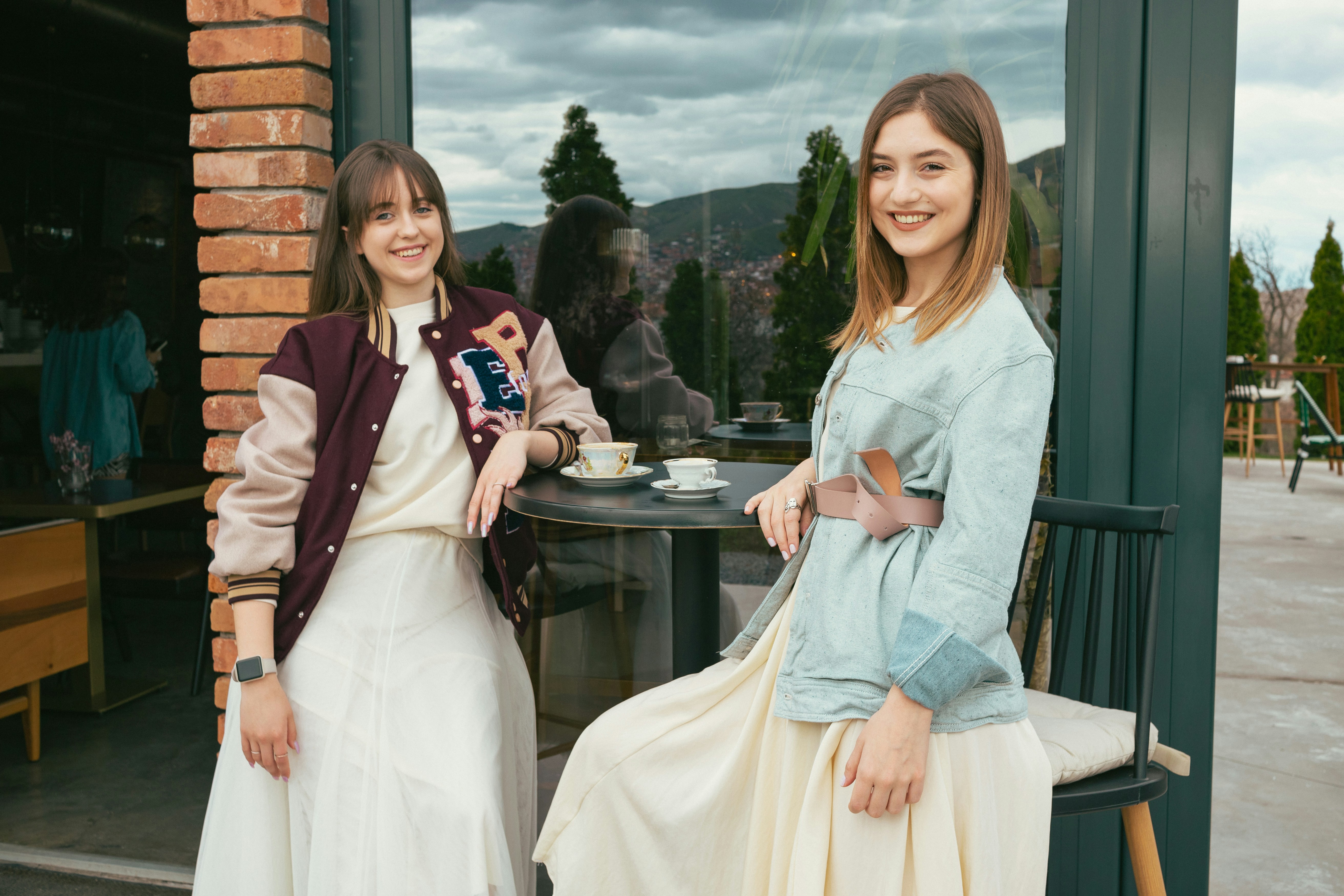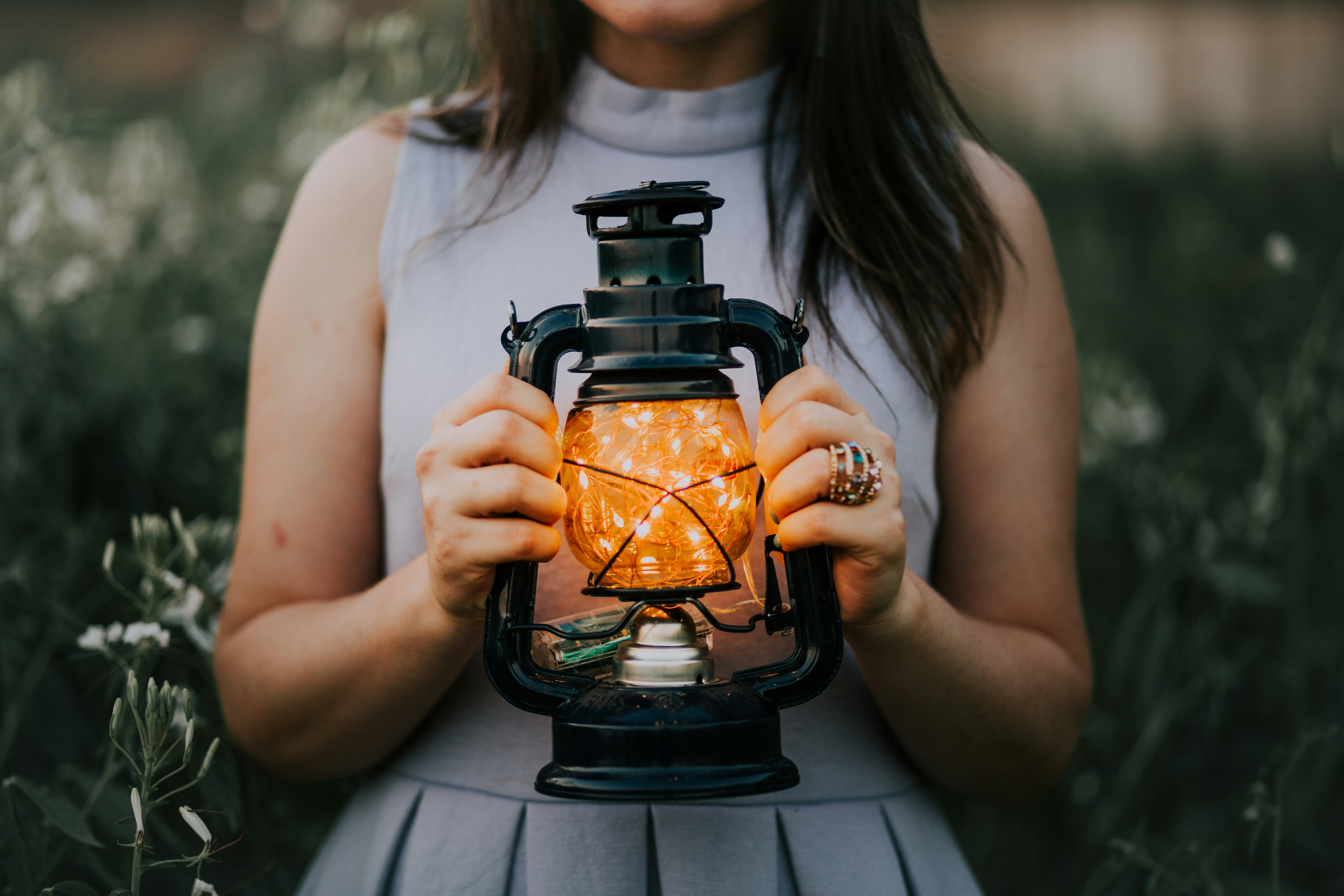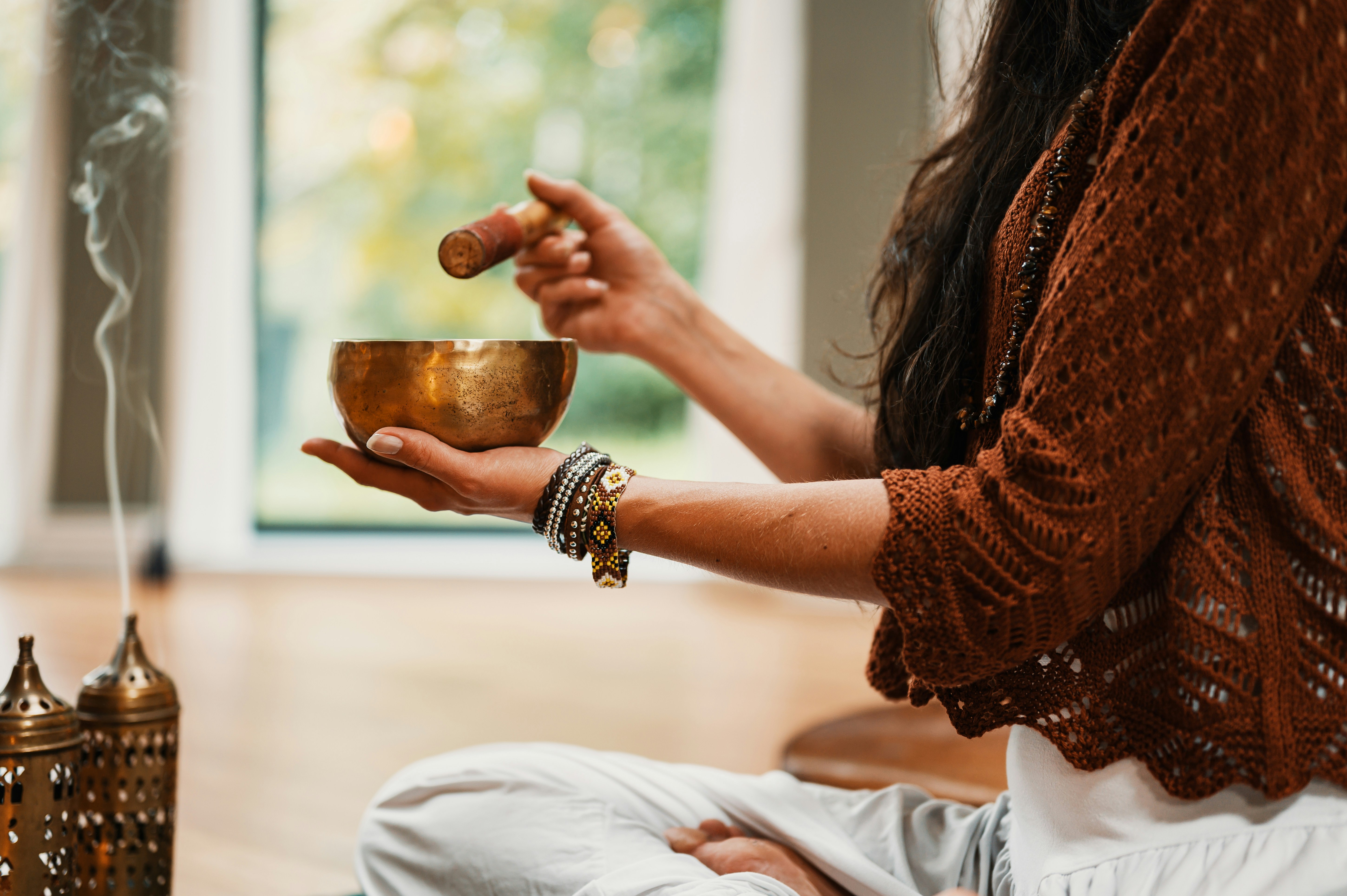Breathtaking Indoor Hanging Plants: Beautifying Homes with Nature's Artwork
Many a design enthusiast has found themselves falling deep for the allure of indoor plants. A fascination, undoubtedly drawn from the inexplicable charm and pure magnetism that all things wild and green seem to hold. It's no surprise that in recent times, home dwellers have found themselves cultivating jungles within modern living spaces. One of today's captivating trends finding its roots in the past is indoor hanging plants, a practice that has seemingly taken the design world by storm.

A Historical Look at Indoor Hanging Plants
Before the advent of modern technology, people engaged with nature directly. In ancient Rome, gardens were designed as an extension of the interior, with hanging plants making the transition more seamless. In the Victorian era, indoor plants became status symbols, often hung in ornate baskets. The vivarium trend in the 60s had a clear focus on vertical space utilization, with hanging plants playing a central role. Current interest in this home styling technique is not just a nod to the past but a convergence of wellness, design, and function.
Embodying Today’s Design Sensibility: The Hanging Garden Reimagined in the 21st Century
Contemporary design is increasingly about fluidity and space optimization. Indoor hanging plants achieve exactly that—creating abundant greenery without eating into floor space. A testament to their popularity, you would find them graciously featured in modern homes, breweries, and gourmet cafes. However, it’s not all aesthetic. Incorporating hanging plants in interiors has been linked with reducing stress, filtering air, and improving overall mood, according to a study in the Journal of Physiological Anthropology.
Practicality in Style: The Why and How of Indoor Hanging Plants
Indoor gardening can be as simple or complex as one chooses. For urban dwellers with space constraints, hanging plants offer the perfect solution. They are easy to care for and provide a fresh, earthy element to the sophisticated aesthetics of a room. Macramé plant hangers, glass terrariums or simple ceramic pots suspended with twine, are all trendy choices. A few popular species include English Ivy, Spider Plant, String of Pearls, and Heartleaf Philodendron.
Transforming Everyday Living Spaces: Bringing the Outside in
Taking the utilitarian aspect to the side, indoor hanging plants offer an undeniably enchanting effect. As the daylight interacts with leaves, it casts a dynamic array of shadows, turning mundane spaces into enchanting expanses. Whether it’s a quiet corner of the bedroom, a stark bathroom, or above the kitchen sink, hanging plants bring a cheerful, relaxing vibe to everyday spaces. Their presence subtly reminds of the essential life-enhancing connection between humans and nature.
The Fascination with Indoor Hanging Plants: Here to Stay?
Home décor trends come and go, but the allure of indoor hanging plants transcends beyond fleeting trends. The wealth of benefits it brings—style, health, or function—is sure to keep it a constantly admired facet in interior design. Its magic lies in its simplicity and the myriad ways it can be adapted to individual preferences.
In conclusion, indoor hanging plants are more than just a décor hack. Instead, it’s a multi-layered design practice that breathes life, health, and vibrancy into homes. A trend that has historically adorned homes and evidently continues to be an enriching and enduring choice for design enthusiasts and nature lovers alike.




